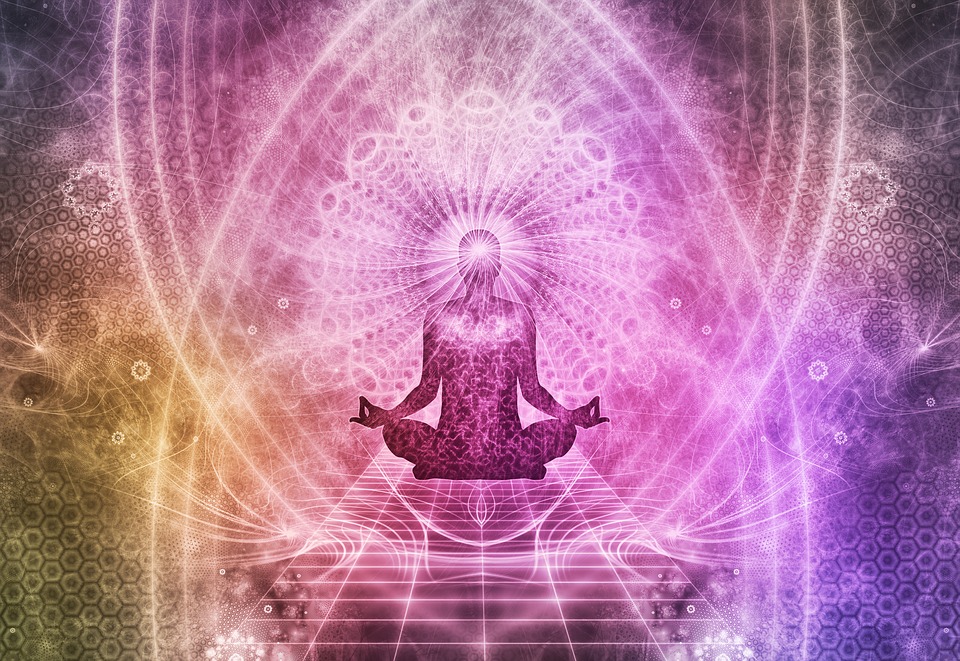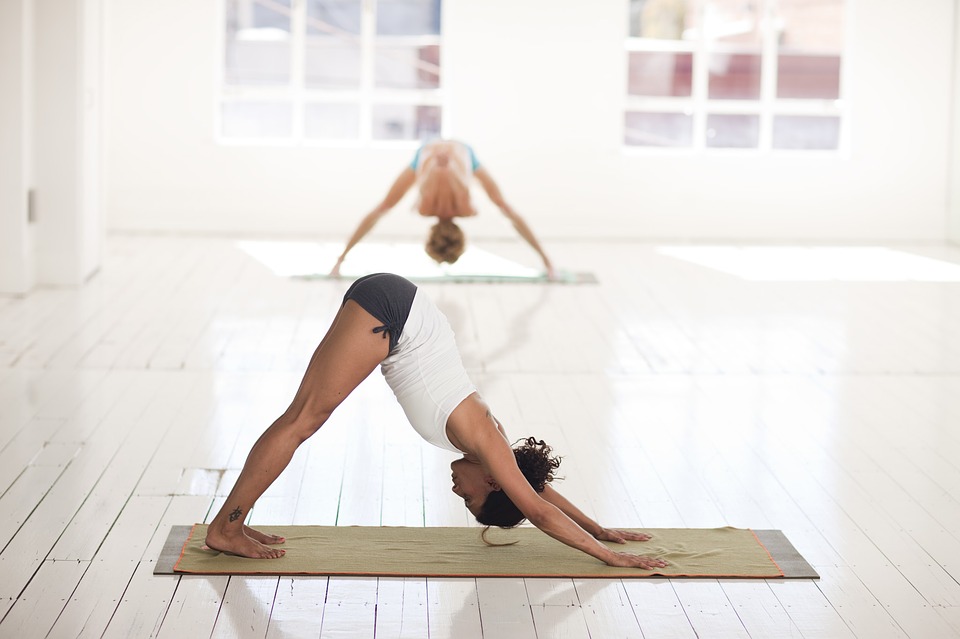“I’d love to try yoga, but I’m just not flexible enough...”
If you ever found yourself uttering the words above, then I suggest you consider starting your yoga journey with Iyengar Yoga. This practice focuses on a correct alignment and to enable the students to find comfort in each pose, a variety of props is encouraged including straps, blocks, bolsters and even chairs. Each pose is typically held for around a minute, allowing for greater relaxation. B.K.S. Iyengar founded this style of yoga with the idea that the poses should be accessible to any practitioner from beginner to advanced without causing discomfort or injury. You can benefit from this gentle and slow paced practice in many ways.
Yoga and increased flexibility and balance
You don’t need to be able to touch your toes to do Iyengar, but if you stick to it that may be one side effect you notice. Practicing just 15–30 minutes of yoga each day could make a big difference for those looking to enhance performance by increasing flexibility and balance.
Yoga and toned body and increased strength
In addition to stretching your muscles, the physical demand of holding each pose will help you build strength and tone your body. As Iyengar engages the whole body, the attention goes not just to the main muscle, but instructs the practitioner to think about where the muscles are connected to other body parts and engage them as well. In one study, 79 adults performed 24 cycles of sun salutations -a series of foundational poses often used as a warm-up -six days a week for 24 weeks. They experienced a significant increase in upper body strength, endurance and weight loss.
Yoga and calmer thoughts

Once you enter an asana, you are encouraged to focus on the alignment, disengage from other thoughts in your mind and be in the moment. You can think of it as a type of meditation, which, the more you practice it, the calmer your mind becomes — during and outside the session. In addition to improving your mental health, some studies suggest that practicing yoga may reduce inflammation as well.
Yoga and pain relief
Studies have supported the practice of Iyengar relieves back and neck pain. When focusing on alignment, you start to notice the bad everyday postures such as slouching and hunching and with time you find correcting them comes easily and naturally. There is a growing body of research demonstrating that practicing yoga could help reduce many types of chronic pain. In one study, 42 individuals with carpal tunnel syndrome either received a wrist splint or did yoga for eight weeks. At the end of the study, yoga was found to be more effective in reducing pain and improving grip strength than wrist splinting.
Yoga and better posture

Iyengar yoga helps you strengthen the muscles of the body responsible for posture, like the legs, back and core. With minor adjustments to improve alignment, the small muscles that are often ignored become stronger. The result is that you’ll find yourself sitting and standing straighter, which will give you more energy, less pain, and increased confidence.
Yoga and help in protection from disease
Disease often occurs when the normal processes of the body don’t happen the way they should. Iyengar yoga helps improve the overall functioning of the body—from the circulatory and lymphatic systems, to the nervous and digestive ones. When the body’s systems are doing their jobs, organs are working more efficiently and the risk of some diseases lowers.
Yoga and quality of breathing
While you hold your asana and consider your alignment, Iyengar also instructs you to focus on the breath. Many of us hold our breath during times of stress, often without realisation. The more you practice breathing, the less you’ll end up holding your breath unconsciously – the more oxygen gets to your brain, the better.






